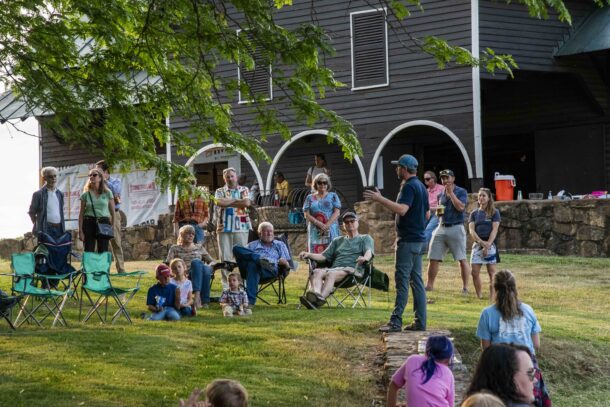Join us as a strong voice for the Rappahannock River
at the state level.
The 2020 General Assembly session starts January 8th. We are prioritizing these issues and will regularly update this page.
We will include info on bill progress and how you can make a difference for the river. Your voices are vital!
Funding for Clean Water
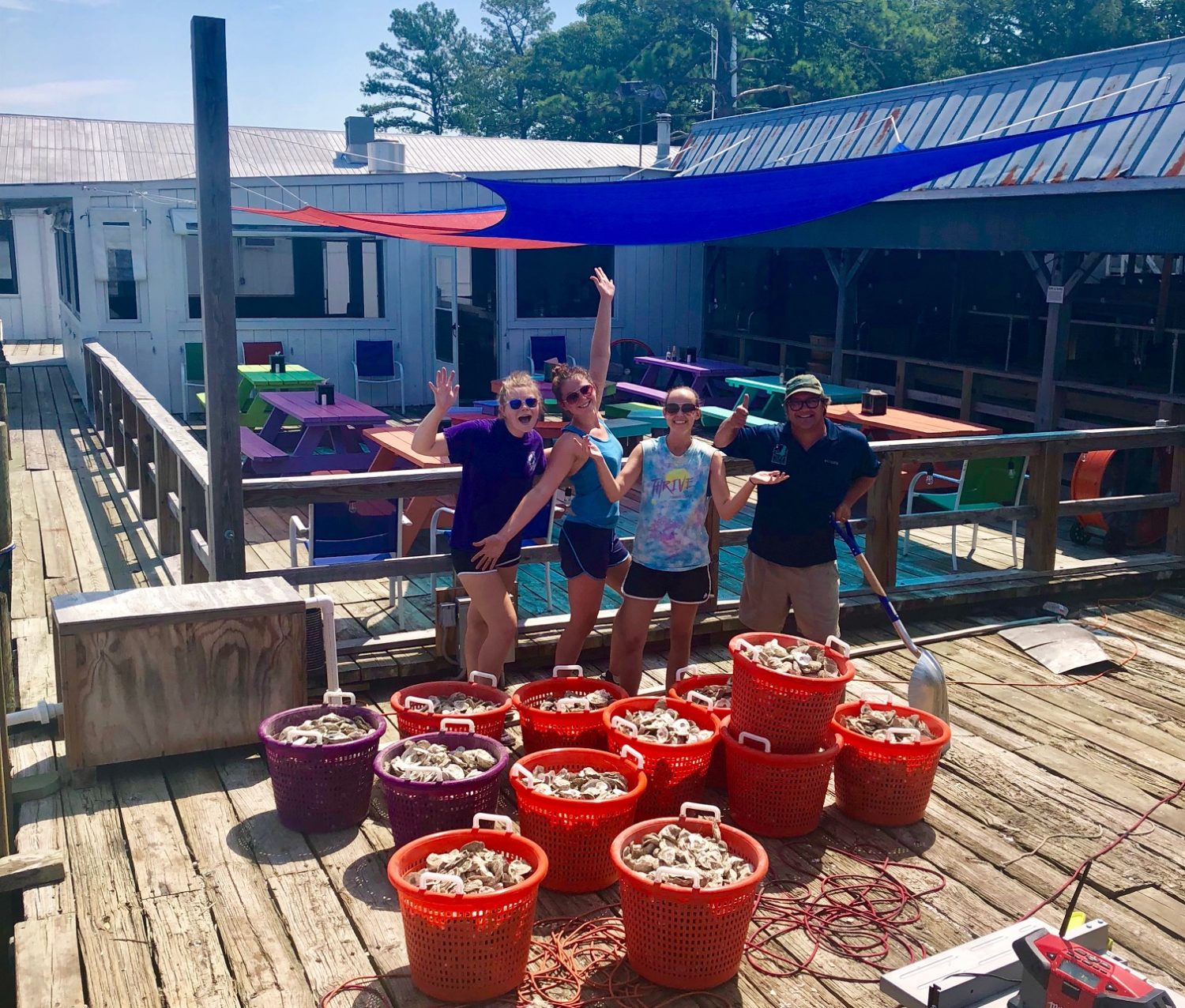 River Issue: The ability of FOR to work for improved health of the Rappahannock River partially relies on the proper funding of clean water programs through Virginia’s state budget. These clean water programs include funding for agricultural best management practices, assistance for stormwater projects for localities, wastewater treatment plant upgrades, and oyster restoration.
River Issue: The ability of FOR to work for improved health of the Rappahannock River partially relies on the proper funding of clean water programs through Virginia’s state budget. These clean water programs include funding for agricultural best management practices, assistance for stormwater projects for localities, wastewater treatment plant upgrades, and oyster restoration.
- $182 million for the Stormwater Local Assistance Fund (SLAF) to provide much needed funding for stormwater management and flood mitigation in our urban and suburban communities
- $120 million for wastewater treatment upgrades to protect water quality and public health in our communities
- $100 million for the Virginia Agricultural Cost-Share Program to help farmers protect their land with conservation practices and restore their local streams
- $8 million for Oyster Reef Replenishment and Restoration to support our local seafood economy, local watermen, coastal habitats, and water quality
Legislation: The Administration’s proposed budget provides funding for clean water programs at record-breaking levels but statewide needs assessments show even more ambitious funding is needed to meet the goals of the Chesapeake Bay cleanup. We support the proposed amendment 373 #3s / 373 #3h that would increase Virginia Conservation Assistance Program by $1.5 million.
FOR’s Position: We will advocate for the proposed funding levels to be included in any final budget bill the General Assembly approves.
Menhaden
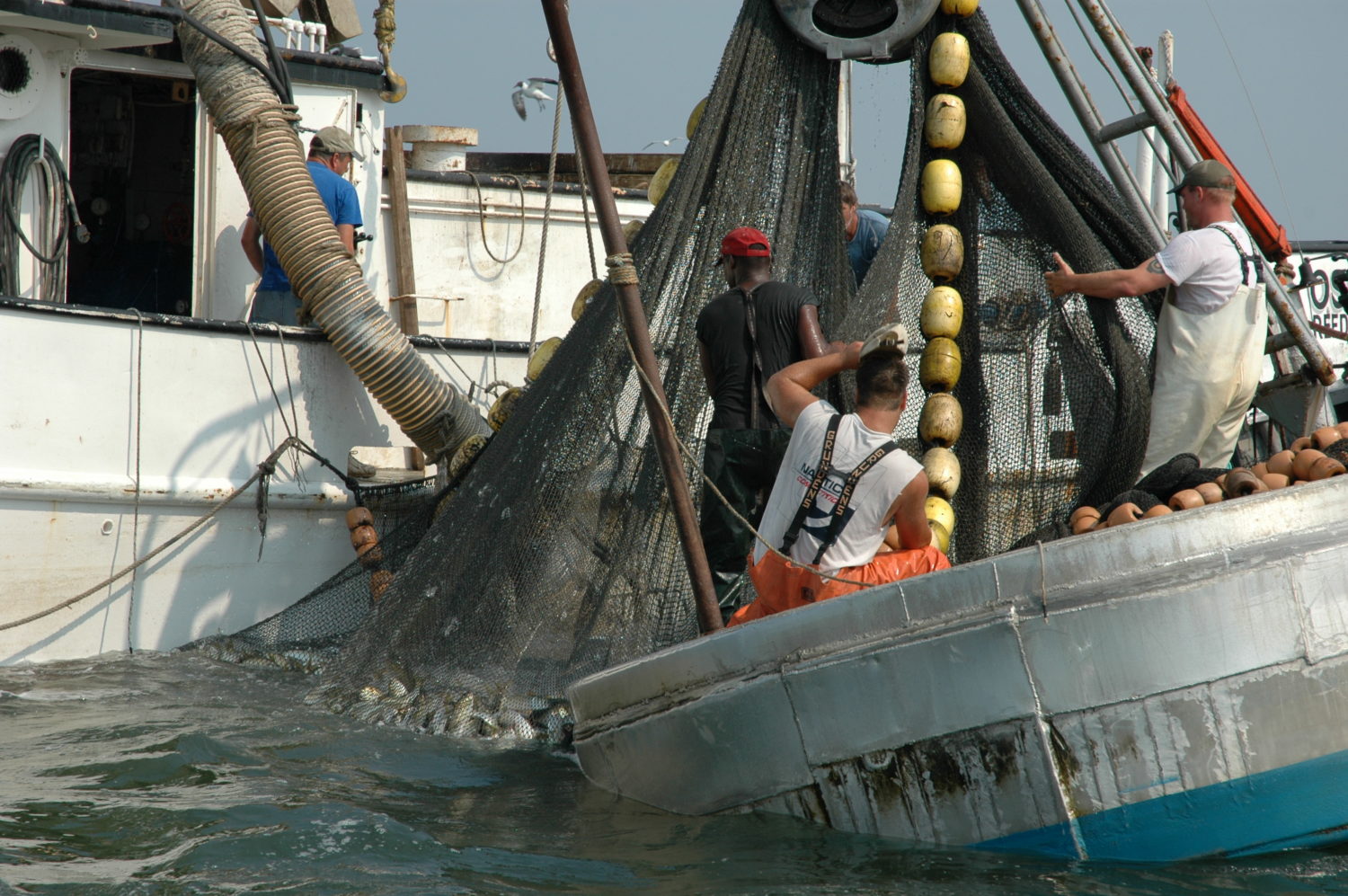 River Issue: These forage fish serve as an important food source for many commercially and recreationally important finfish in the Rappahannock River and the Chesapeake Bay.
River Issue: These forage fish serve as an important food source for many commercially and recreationally important finfish in the Rappahannock River and the Chesapeake Bay.
Management of menhaden is currently regulated by the General Assembly. This allows the management of menhaden to be subject to politics when science should guide any decisions that are made in relation to menhaden fisheries.
Legislation: Multiple bills have been introduced that would move management of menhaden to the Virginia Marine Resources Commission (VMRC).
FOR’s Position: We support bills that move management of menhaden to VMRC and we support bills that result in Virginia’s compliance with Atlantic States Marine Fisheries Commission’s menhaden catch limits. We currently support:
Fracking: Prohibiting Hydraulic Fracturing in the Eastern Virginia Groundwater Management Area
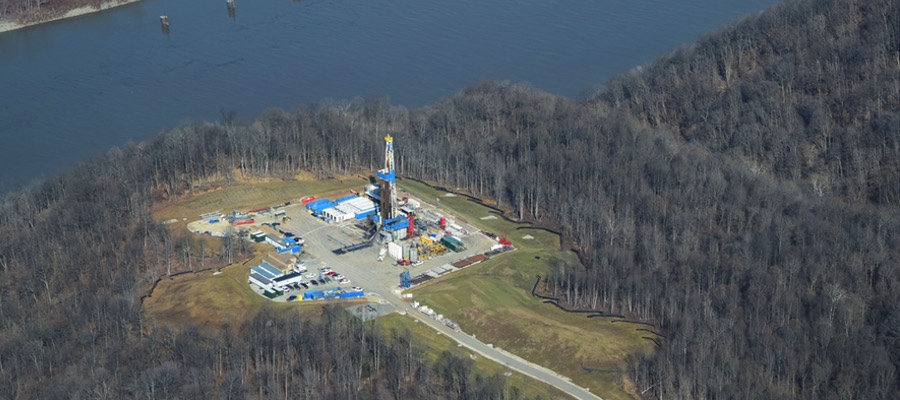 River Issue: Hydraulic fracturing (“fracking”) is a drilling method used to extract oil and natural gas. This process requires injecting a toxic combination of chemicals into the ground that can contaminate groundwater aquifers and surface waters. Fracking uses large amounts of freshwater, and can disrupt the agricultural and rural fabric of our tidal river communities. The Eastern Virginia Groundwater Management Area (EVGMA) is located east of Interstate 95. The EVGMA includes the Rappahannock River watershed where natural gas reserves have been found.
River Issue: Hydraulic fracturing (“fracking”) is a drilling method used to extract oil and natural gas. This process requires injecting a toxic combination of chemicals into the ground that can contaminate groundwater aquifers and surface waters. Fracking uses large amounts of freshwater, and can disrupt the agricultural and rural fabric of our tidal river communities. The Eastern Virginia Groundwater Management Area (EVGMA) is located east of Interstate 95. The EVGMA includes the Rappahannock River watershed where natural gas reserves have been found.
Legislation: Bill SB 106 prohibits hydraulic fracturing in the EVGMA. Passed the Senate and full committee on the House side. It will be heard in the full House in the next few days. Contact your local representative and encourage them to pass it.
FOR’s Position: We support this bill and are leading the effort to pass it. It passed the Senate and is waiting to go to the House of Delegates. Contact your local representative and encourage them to pass it.
Livestock Exclusion and Nutrient Management
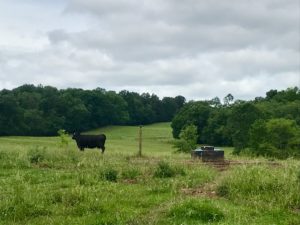 River Issue: The Rappahannock River Watershed has thousands of miles of tributaries and small feeder streams that make up the broader river system. Unfortunately many of these streams are impaired due to excessively high bacteria levels and oxygen deficient due to algae blooms from nutrient rich stormwater runoff. Our recent River Report Card shows the impact these impairments can have on human health, recreation, and our communities. Virginia has one of the best agricultural cost-share programs in the country but despite 25+ years of voluntary funding programs, the Rappahannock River still needs over 12,000 acres of streamside area protected by exclusion fencing and over 200,000 acres enrolled in nutrient management plans.
River Issue: The Rappahannock River Watershed has thousands of miles of tributaries and small feeder streams that make up the broader river system. Unfortunately many of these streams are impaired due to excessively high bacteria levels and oxygen deficient due to algae blooms from nutrient rich stormwater runoff. Our recent River Report Card shows the impact these impairments can have on human health, recreation, and our communities. Virginia has one of the best agricultural cost-share programs in the country but despite 25+ years of voluntary funding programs, the Rappahannock River still needs over 12,000 acres of streamside area protected by exclusion fencing and over 200,000 acres enrolled in nutrient management plans.
Legislation: Companion bills have been introduced in the House and Senate that would require mandatory implementation of livestock exclusion on all perennial streams with 20+ bovines and nutrient management plans for all crop fields greater than 50 acres if the existing voluntary programs do not achieve our pollution reduction goals by December 31, 2025. The bills provide assurances that if any producers are enrolled in a program prior to the deadline, they are not considered out of compliance. Additionally, if there is insufficient funding to finance the program, the producers enrolled are not out of compliance. More information Here.
FOR’s Position: FOR supports this legislation and is committed to working with all parties to ensure the current voluntary programs are adequately funded to meet the needs of achieving our pollution reduction goals.
We will regularly update this page to provide you information on bill progress and how you can make a difference for the river. Your voices are vital!

